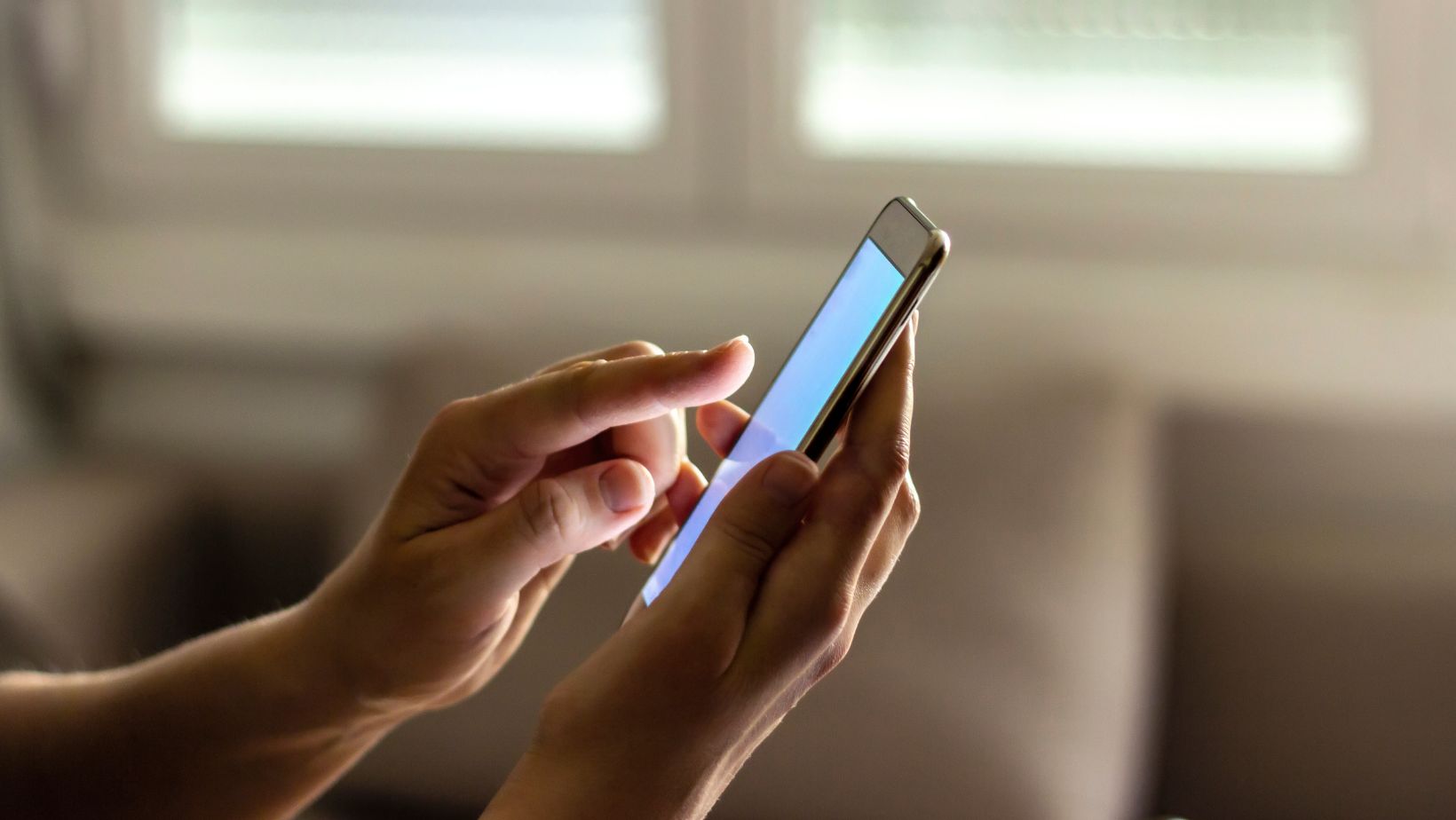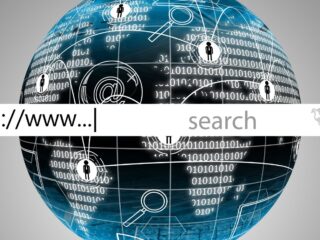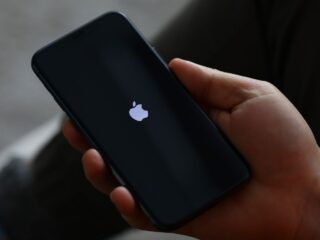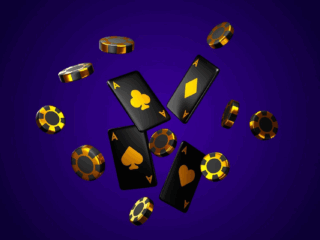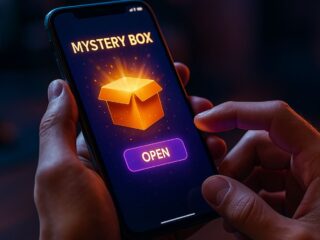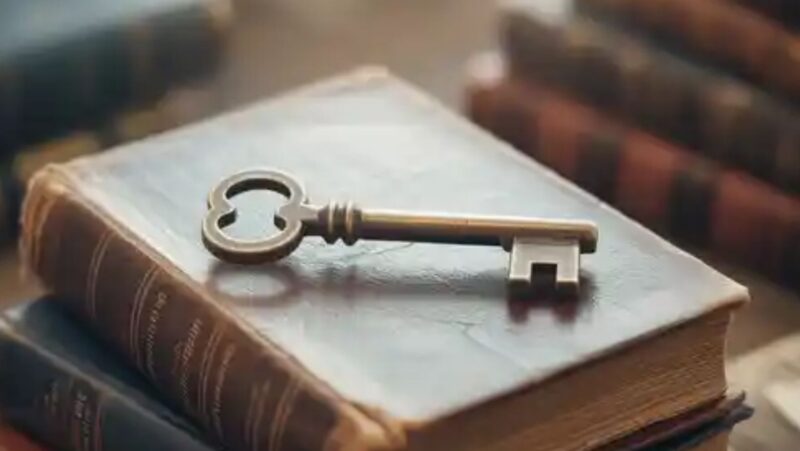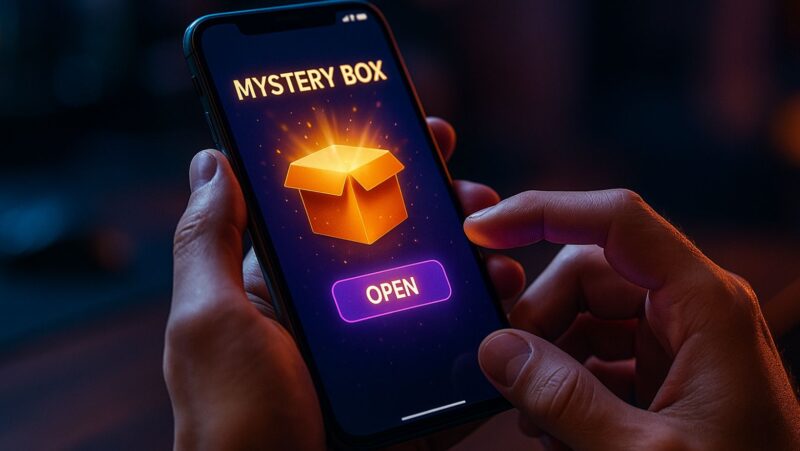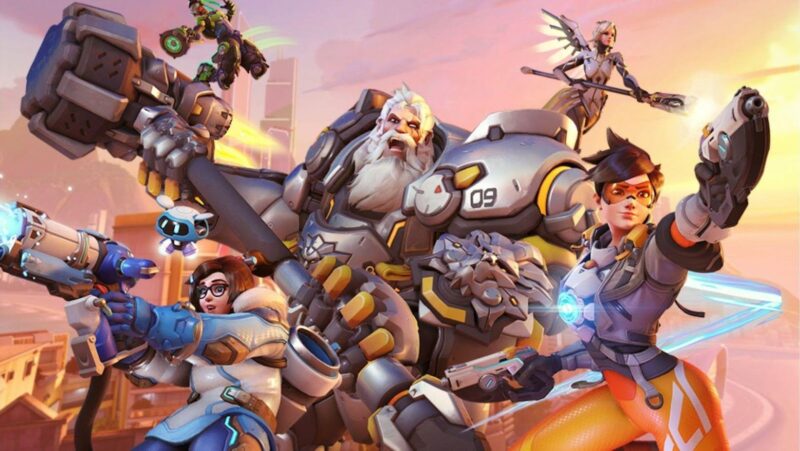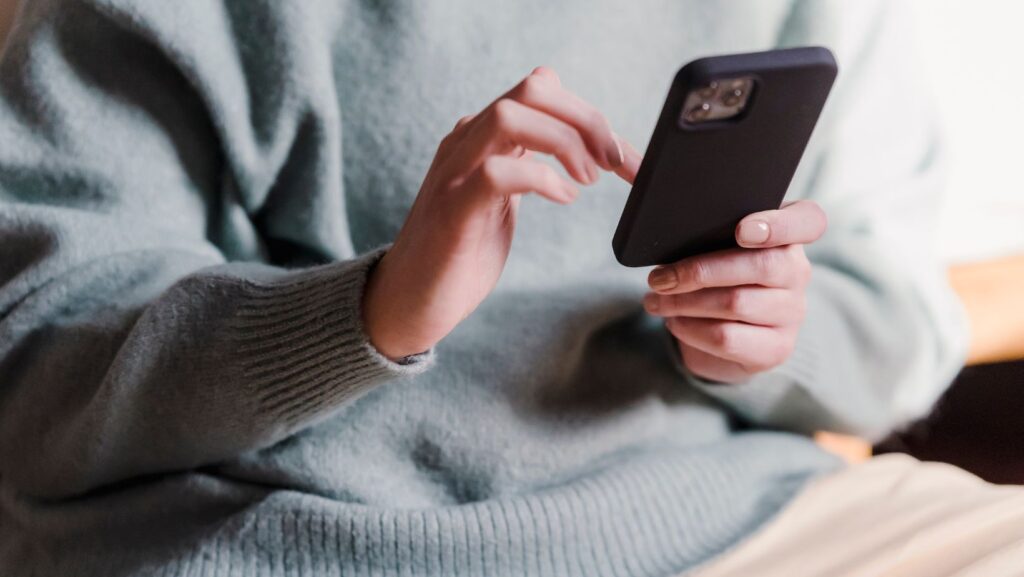
Have you ever been using a free app and received a small, perfectly timed pop-up offering a powerful new feature for a modest monthly fee? Or perhaps a prompt appeared right when you hit a usage limit, clearly explaining the benefits of a premium plan? If you converted, you’ve experienced the power of a well-executed in-app upsell.
Unlike disruptive email campaigns or external ads that pull users out of their flow, in-app messaging meets customers exactly where they are, presenting a compelling value proposition at the moment of highest intent. This makes it one of the most effective and user-friendly methods for driving subscription revenue. This strategy is mastered in competitive digital arenas, from productivity apps to the bustling online casino industry, where customer retention and lifetime value are paramount.
In such an environment, a perfectly timed message offering 80 free spins for a small deposit can effectively convert a standard user into a premium player by demonstrating the tangible benefits of a higher tier of engagement. It’s not about aggressive selling; it’s about contextual, value-driven communication that enhances the user’s experience. The key to success lies in understanding user behavior, segmenting your audience, and crafting messages that feel like helpful guidance rather than a sales pitch. In the sections that follow, we will deconstruct the components of a winning in-app upselling strategy.
The Psychology Behind an Effective Upsell
At its core, a successful upsell isn’t a forceful sales tactic; it’s a psychological nudge based on relevance and timing. The goal is to present an offer that solves a problem or fulfills a desire for the user at the exact moment they experience it. For example, offering cloud storage right when a user hits their limit is far more effective than a random email. This contextual relevance is key. It transforms the message from an annoying ad into a helpful suggestion. The principle of reciprocity also plays a role; users who have already derived value from the free version of an app are often more open to paying for an enhanced experience. The art lies in making the upsell feel like the next logical step in their user journey, not a roadblock. To achieve this, you must move beyond generic, broadcast-style messages and embrace a more personalized approach.
Segmenting Your Users for Maximum Impact
A one-size-fits-all upselling message is doomed to fail. A new user has different needs and motivations than a power user who has been on the platform for years. Effective segmentation is the foundation of a personalized messaging strategy, allowing you to tailor your offers to specific user groups for much higher conversion rates.
Behavioral segmentation is the most powerful form of segmentation for upselling. It involves grouping users based on their actions within the app. Examples include:
- Power users. Users who frequently engage with specific features that could be enhanced by a premium plan.
- Users hitting paywalls. Users who repeatedly attempt to use a feature that is locked behind a subscription.
- Users at risk of churn. Users whose activity has recently declined may be re-engaged with a special offer for an upgraded plan.
While not as potent as behavioral data, this can still be useful. You might offer a student discount to users who sign up with a .edu email address. More importantly, journey-based segmentation considers where the user is in their lifecycle. A brand new user might receive a message highlighting the core benefits of a premium trial, while a long-time user might get an offer focused on advanced, newly released features. By combining these segmentation strategies, you can ensure your message is always relevant to the person receiving it.
Crafting the Perfect In-App Message
Once you know who you’re talking to and when, you need to perfect what you’re going to say. The design and copy of your in-app message can make or break its effectiveness. A great message is clear, compelling, and makes it easy for the user to take action. Here are the essential elements of a high-converting in-app message:
- A compelling headline. The headline must grab the user’s attention and communicate the core benefit immediately. Instead of “Upgrade Now,” try “Unlock Unlimited Projects.”
- Clear and concise value proposition. Clearly list 2-3 key benefits the user will get by upgrading. Focus on what they gain, not just the features themselves.
- Visually appealing design. The message should be well-designed, on-brand, and non-intrusive. Use clean layouts and engaging visuals or icons.
- A single, clear call-to-action (CTA). The button should be prominent and use action-oriented text. “Start My Free Trial” or “Upgrade and Get X” is more effective than a generic “Submit.”
- Personalization. Whenever possible, use dynamic content to personalize the message. For example, “Upgrade to get more filters for your photos, [User Name]!”
By following these principles, you create a message that not only converts but also adds value to the user’s experience.
Turn Your App into a Growth Engine
Effective in-app upselling is a powerful and sustainable driver of subscription revenue. It’s a win-win strategy: users gain access to enhanced features that improve their experience, and your business increases its customer lifetime value. By moving away from intrusive advertising and toward helpful, contextual guidance, you build stronger relationships with your users and transform your application into a true growth engine. Identify your app’s single most valuable premium feature and design a contextual in-app message to offer it to your most engaged free users this week.

